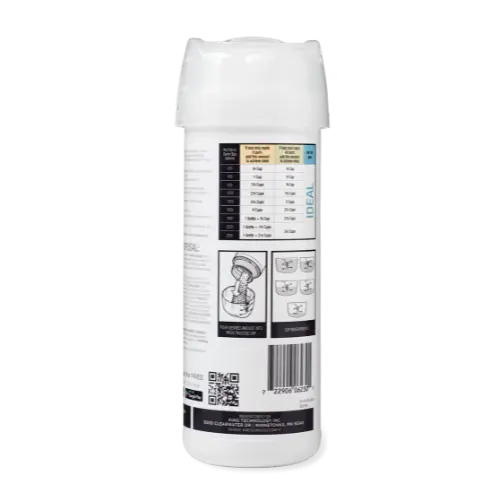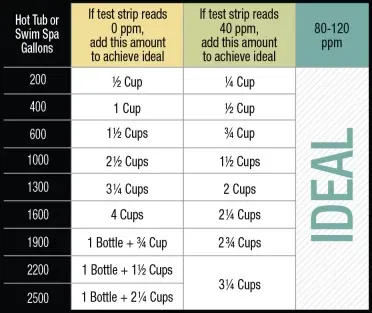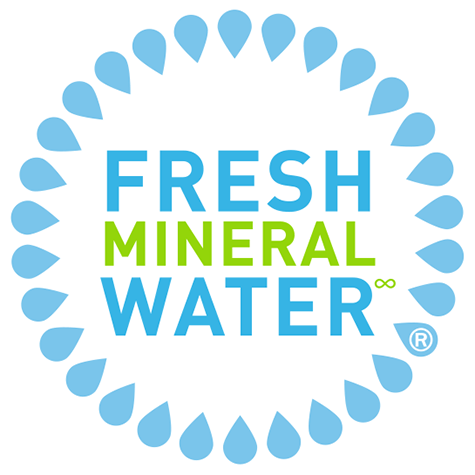- Hot Tub
Products-
-
All Hot Tub Products
-
-
-
FROG Serene – Bromine
FROG Serene – Bromine
- FROG Serene Floating System
- FROG Serene In-Line System
- FROG Test Strips for Hot Tubs
-
FROG Fresh Mineral Water
-
FROG Water Care Blog
-
- Pool
Products-
-
All Pool Products
-
-
-
Pools 2K to 5K Gallons
2K to 5K Gallons
- Flippin’ FROG
Pools 5K to 10K Gallons
5K to 10K Gallons
- Flippin' FROG XL
-
Pools up to 25K Gallons
Up to 25K Gallons
- POOL FROG Model 6100
- FROG Leap
- FROG Pool Tender
- INSTANT FROG
Pools up to 40K Gallons
Up to 40K Gallons
- POOL FROG Model 5400
- POOL FROG XL PRO
- FROG Leap Twin
-
Pool Support Chemicals
Pool Support Chemicals
- FROG Test Strips for Pools
- FROG BAM
- FROG Leap All-Out
- FROG Leap Pool Wake-Up! / Pool Hibernation
-
FROG Fresh Mineral Water
-
-
- Swim Spa
Products-
-
All Swim Spa Products
-
-
-
FROG @ease – SmartChlor
FROG @ease – SmartChlor
- FROG @ease for Swim Spas
- FROG @ease Test Strips
-
FROG Fresh Mineral Water
-
FROG Water Care BLOG
-
-
- Fresh Mineral
Water∞-
-
Fresh Mineral Water
Fresh Mineral Water∞
-
-
- Water Care
Experts-
-
Water Care Experts
Water Care Experts
-
-
-
Hot Tub Water Care Experts
- Diagnose a Problem
- Hot Tub School
- Hot Tub FAQs
- Water Balancing Guide for Hot Tubs
-
Pool Water Care Experts
- Diagnose a Problem
- Pool School
- Pool FAQs
- Water Balancing Guide for Pools
-
Swim Spa Water Care Experts
- Diagnose a Problem
- Swim Spa School
- Swim Spa FAQs
- Water Balancing Guide for Swim Spas
-
FROG Fresh Mineral Water
-
-
- Water Care
Blog-
-
Water Care Blog
Water Care Blog
-
-
-
Pool Articles
- Unlock the Secrets to a Successful Pool Closing
- How to Balance Pool Water: A Simple Guide to Clean and Clear Pools
- Cloudy Pool Water? Get Expert Tips for a Crystal Clear Pool
- Is Your Pool Water Over-Chlorinated?
- 7 Quick and Easy Tips to Maintain a Sparkling Pool
- How to Clear Up and Prevent Pool Algae
-
FROG Fresh Mineral Water
-
- About
FROG-
-
About FROG
About FROG
-
-
-
FROG Fresh Mineral Water
-
FROG Water Care BLOG
-
- Contact
FROG

FROG TArget™
Increases Total Alkalinity
0 Reviews Read Reviews | Write Review
Balancing your hot tub water starts here — and FROG® makes it easier than ever. With our exclusive FROG TruDose Cap™ for precise measuring and easy-to-follow dosing steps on the bottle, you’ll get perfect results without the guesswork. Total Alkalinity is the foundation of balanced water, protecting your pH from sudden swings and making every other step in water care work better. Test it first, adjust as needed and enjoy crystal clear comfort. The sweet spot? 80–120 ppm — and with FROG, hitting that range is simple, accurate and stress-free.



How to increase total alkalinity in your hot tub.
Use FROG TArget!
Water Care Made Simple — FROG TruDose Cap™
The TruDose Cap on FROG TArget makes measuring and adjusting Total Alkalinity a breeze! It seals the bottle securely and it’s always ready—no more hunting for measuring spoons or cups! Its built-in measurements make certain that you pour just the right amount into your hot tub water.

SIMPLY:
POUR
into the FROG TruDose Cap

MEASURE
with the built-in markings

DOSE
into the water

FROG TArget: Step-by-Step User Guide
Step 1:
Test water weekly with FROG® Test Strips (or FROG @ease® Test Strips if using FROG @ease) to monitor the Total Alkalinity.
Step 2:
If Total Alkalinity is not in the ideal range, use the chart on FROG TArget to determine how much FROG TArget to add using the TruDose Cap.
Step 3:
With the jets on, pour FROG TArget into the hot tub when not occupied. Circulate jets for 30 minutes to mix thoroughly. Keep the hot tub cover off while running the jets.
Step 4:
After 2 hours, retest and repeat steps 2-4 until the water is in the ideal Total Alkalinity range of 80-120 ppm.
Step 5:
Ensure the Total Alkalinity is in the ideal range before adjusting the pH level.


Compatible with our family of FROG Sanitizing Systems!
Water Balancing Tips
Water balance is key—test regularly to keep levels ideal: Total Alkalinity 80–120 ppm, pH 7.2–7.6, Total Hardness 150–250 ppm.

Always adjust Total Alkalinity first—use FROG TArget to raise it or FROG DropH to lower it. Once it’s in the ideal range of 80–120 ppm, adjust pH.

Test and adjust pH with FROG DropH or JumpH as needed. Once pH is 7.2–7.6, adjust Total Hardness.

Test water and adjust Total Hardness if needed. Total Hardness ideal level 150-250 ppm
FAQ’s
Total Alkalinity, sometimes referred to as TA, describes how buffered the water is against changes in your hot tub’s pH. It should always be the first thing to test and adjust when balancing the water. The ideal range for TA is 80-120 ppm.
Without the TA buffer, pH will swing dramatically from acidic to alkaline making it very difficult to achieve the neutral pH range of 7.2-7.6. Without a balanced TA, the hot tub water will feel uncomfortable, and it can harm hot tub surfaces and equipment.
Low Total Alkalinity may be caused by source water (the water used to fill the hot tub), human body oils and sweat, sanitizers like chlorine that are low in pH, the normal routine of water evaporation and adding more water and even the aeration of the hot tub jets that drive pH up.
A low alkalinity level will often drive the pH level in the water down, making the water more acidic which results in itchy, dry skin. Plus, surfaces like metal rails, filters, screws, pipes, may experience corrosion. And sanitizers are less effective – you’ll need to add more to keep water clean. Plus, you’ll find that pH will fluctuate, which makes water balance challenging.
High alkalinity also makes sanitizers less effective, which can lead to cloudy or green water. High TA will mean high pH, which can be very difficult to lower. Hot tubs with TA over 120 ppm can experience scaling, which makes the water cloudy and forms mineral deposits on hot tub surfaces.
SWIMSUIT SUBJECTS
Stay up to date on the latest from FROG®, sign up for our e-newsletter.

The Reviews Are In
Leave a Review









Be the first to leave a review!